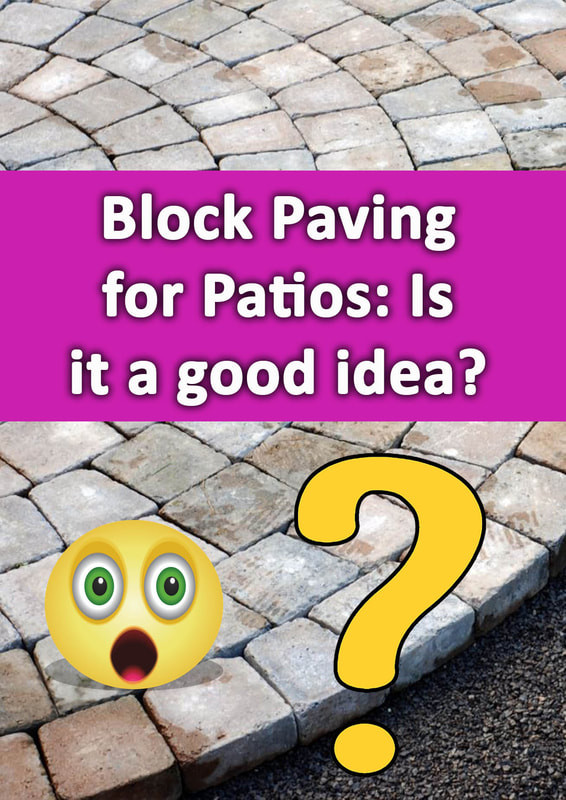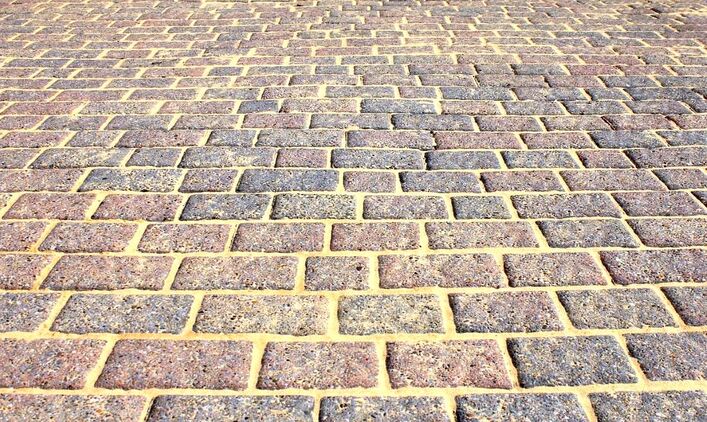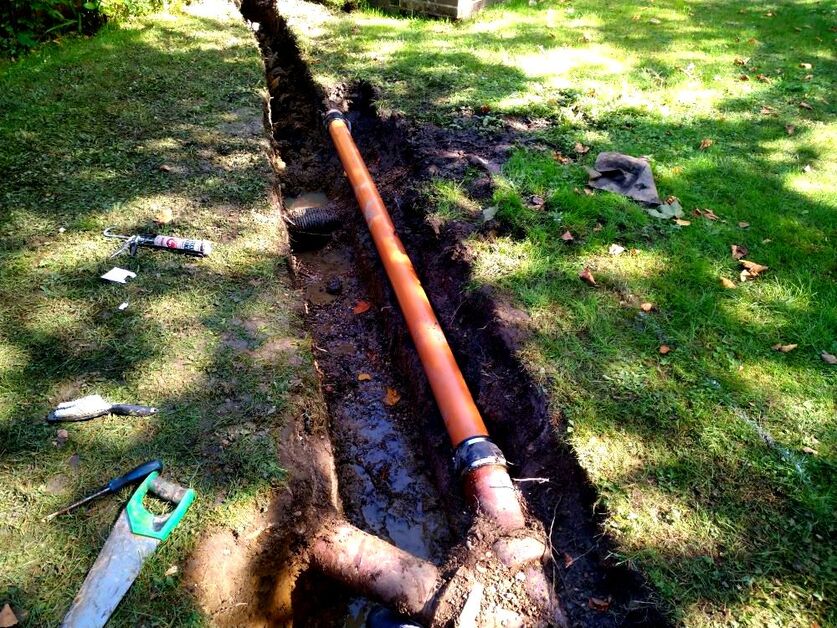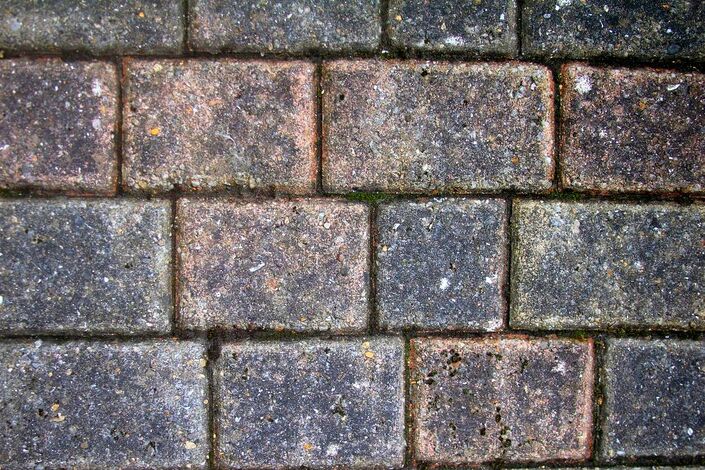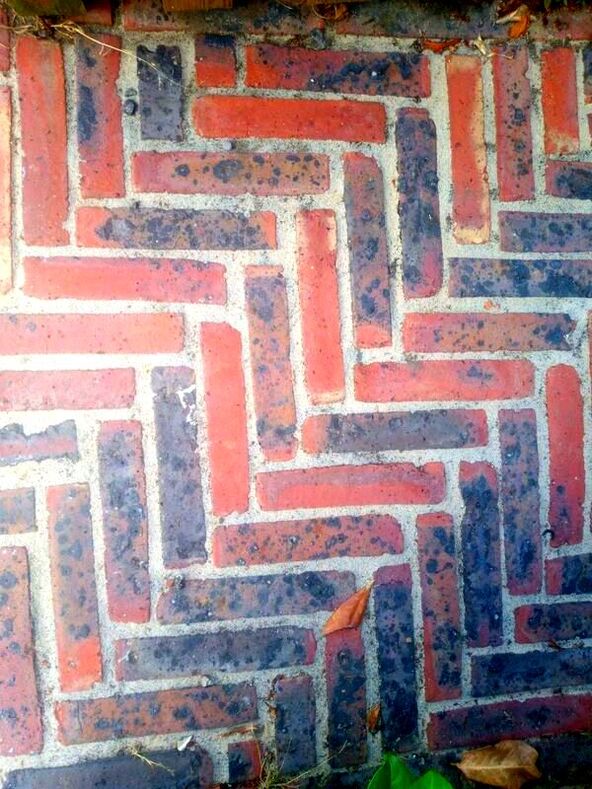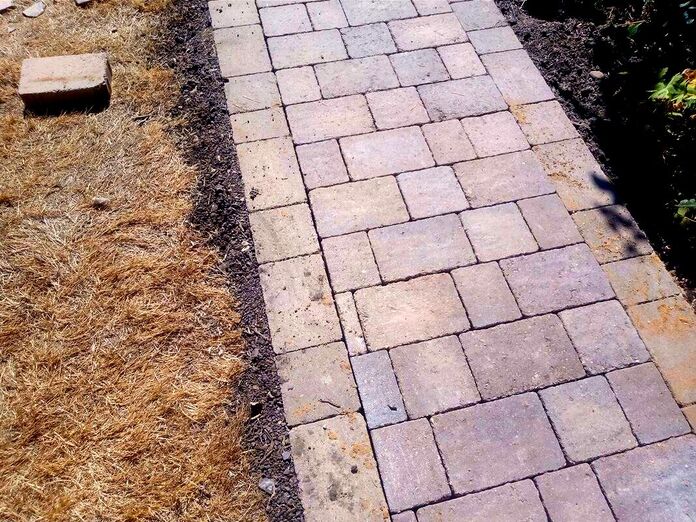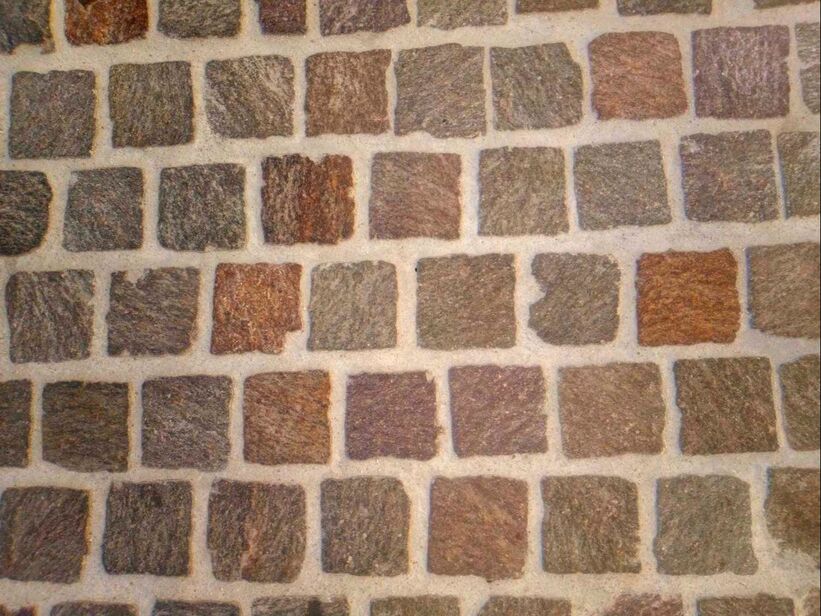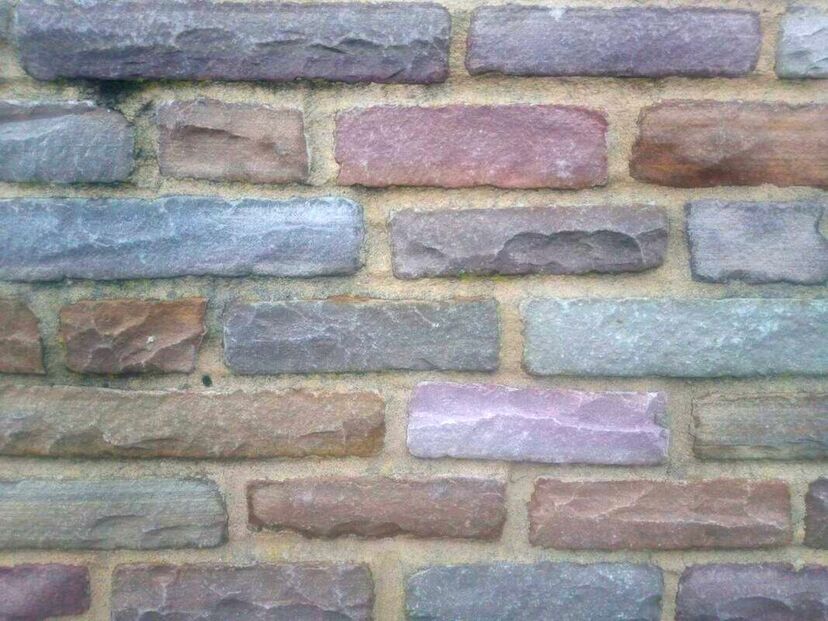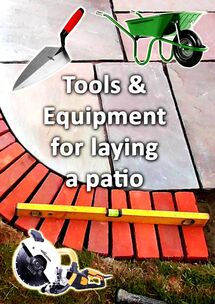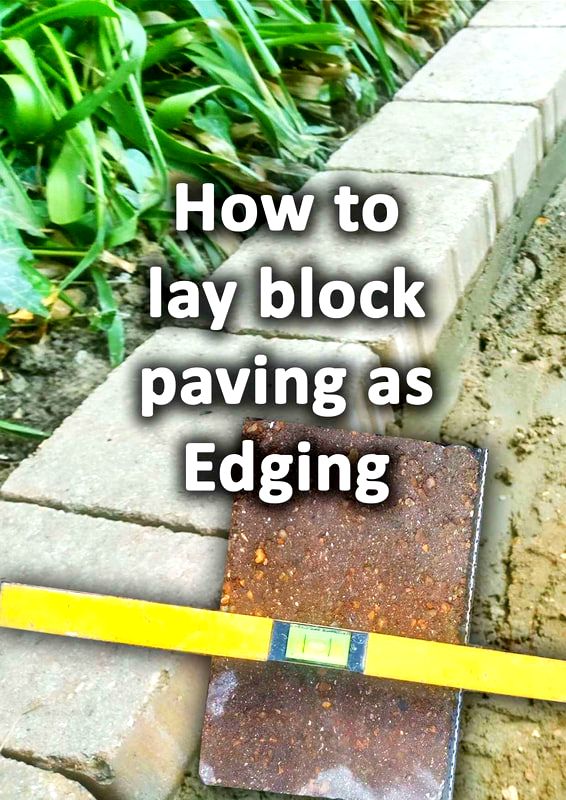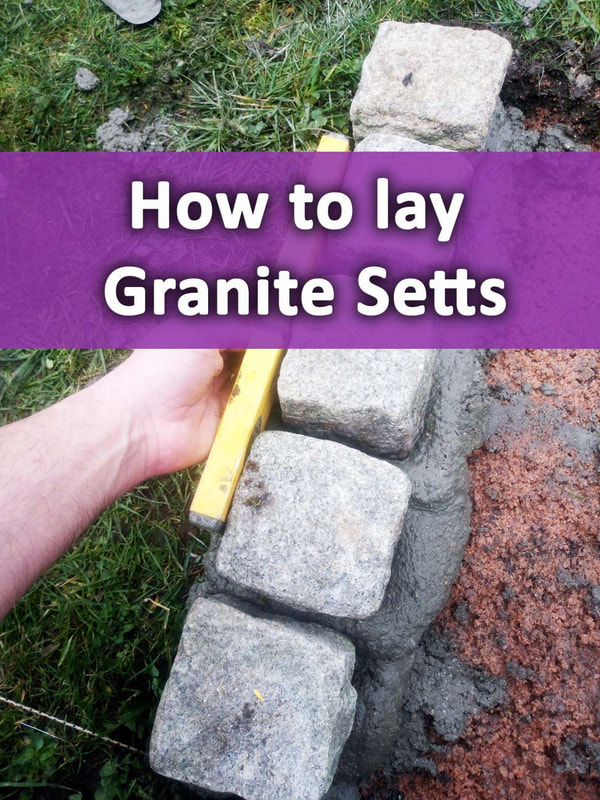|
This article contains affiliate links
Block paving is one of the most versatile paving materials on the market. With block paving there is pretty much a product for every design style and personal taste. Traditionally block paving is more thought of as a driveway product and for good reason. Its slightly flexible construction enables it to take the heavy weight of cars without cracking. Many interlinking blocks create a tightly packed surface which can absorb heavy impacts and loads. However, is block paving suitable for patios? Is it as good as or even better than traditional paving slabs? Here I will summarise block paving’s suitability for patios and which type of block paving is best for patio use. Is block paving good for patios?
The real answer to this question is, it is a matter of choice! If you personally like the look and it suits your patio design then yes it is good for patios. In contrast to traditional paving slabs the multiple paving units create a more coarse visual texture. This can be more visually pleasing for smaller patios and pathways. The smaller units also provide the opportunities for circular patterns and curves. However I will say there are some distinct disadvantages for using block paving for patios. What are the disadvantages of using block paving for patios?Firstly block paving is susceptible to weed establishment and much more so than paving slabs. This is due to the great amount of sanded joins between the multiple blocks. As traditional slabs are bedded down on a ridged mortar bed the joints are sealed by mortar jointing. As block paving is laid upon compacted sand mortar pointing is not an option. This is because the flexibility of the compacted sand would lead joints to crack. This is why such flexible construction is typically best suited for driveways with disproportionately heavy loads.
Consequently in respect to maintenance and weeding block paving is not the best option for patios.
You could lay individual blocks on solid mortar however such a patio would be challenging to level consistently. The multiple block units would also be extremely labour intensive to joint with mortar. Block paving unlike many natural stone and porcelain paving slabs are made from concrete. This means the colour dyes within the blocks will fade over time. This is because the suns UV rays bleach the colours within the blocks. The blocks subsequently fade in colour considerably after about a decade. This would also argue that natural stone paving and porcelain paving is better for patios than block paving. However it should be said that there are many concrete paving slabs with colour dyes which will also fade overtime.
If you decide to use either block paving or natural stone paving for patios comes down to personal choice. However I think the evidence is quite clear that block paving is not the best choice for a patio.
What is the best block paving for patios? 4 Great choices!Most of the time block paving is chosen for paving patios because it has a particular aesthetic. Many people love the multiple units and pleasant visual texture it provides. Consequently below I have listed the best types of block paving for patios. I have included options which are technically not block paving but cater to such an effect. These have been included because they provide the best visual alternative minus the discussed disadvantages of conventional block paving. I subsequently believe Clay pavers, natural setts, sandstone blocks and Tegula are the best block paving for patios. 1. Clay brick pavers
Clay brick pavers are not as commonly used today as they were in the past but are still available. These pavers are rather labour intensive to lay in large areas as they require jointing. However these brick paving are perfect for small courtyards and more traditional styles. The image below displays narrow brick pavers in a traditional English cottage garden. 2. Tegula block paving
Tegula block pavers are conventional block paving and come in three main sizes. Also known by other names under different brands, a good example isBretts Alpha Trio range. These Block paving typically come in greyer colour tones. This means there is much less colour fading from UV radiation. Tegula block paving also has a much more attractive cobble effect than standard block paving. 3. Natural setts
Technically not block paving at all but natural stone setts are probably the most robust block paving solution. These square blocks can create very attractive patio surfaces especially for a rustic effect. Natural stone sets however are very labour intensive and expensive to lay. Very often they can be laid with paving of a similar material. This makes them perfect for incorporating curved shaped patterns or bold borders to patios. 4. Sandstone blocks
Sandstone blocks are typically made from Indian sandstone and create a natural stone block paving alternative. These Have the shape of a chunky brick but are very effective for paving patios with a block effect. The size, shape and texture of these blocks can create a really pleasant effect in courtyards or rustic garden designs. Sandstone blocks typically come in warm colour tones and look so much more sophisticated than typical block paving.
Thank you for reading our article on the best block paving for patios! Below I will link to some other paving articles you may find useful.
'As an Amazon Associate I earn from qualifying purchases'
0 Comments
Leave a Reply. |
The Author
|
Landscaping services across Buckinghamshire, Amersham, Aylesbury & High Wycombe
Hyde Heath, Amersham, Buckinghamshire |
|
